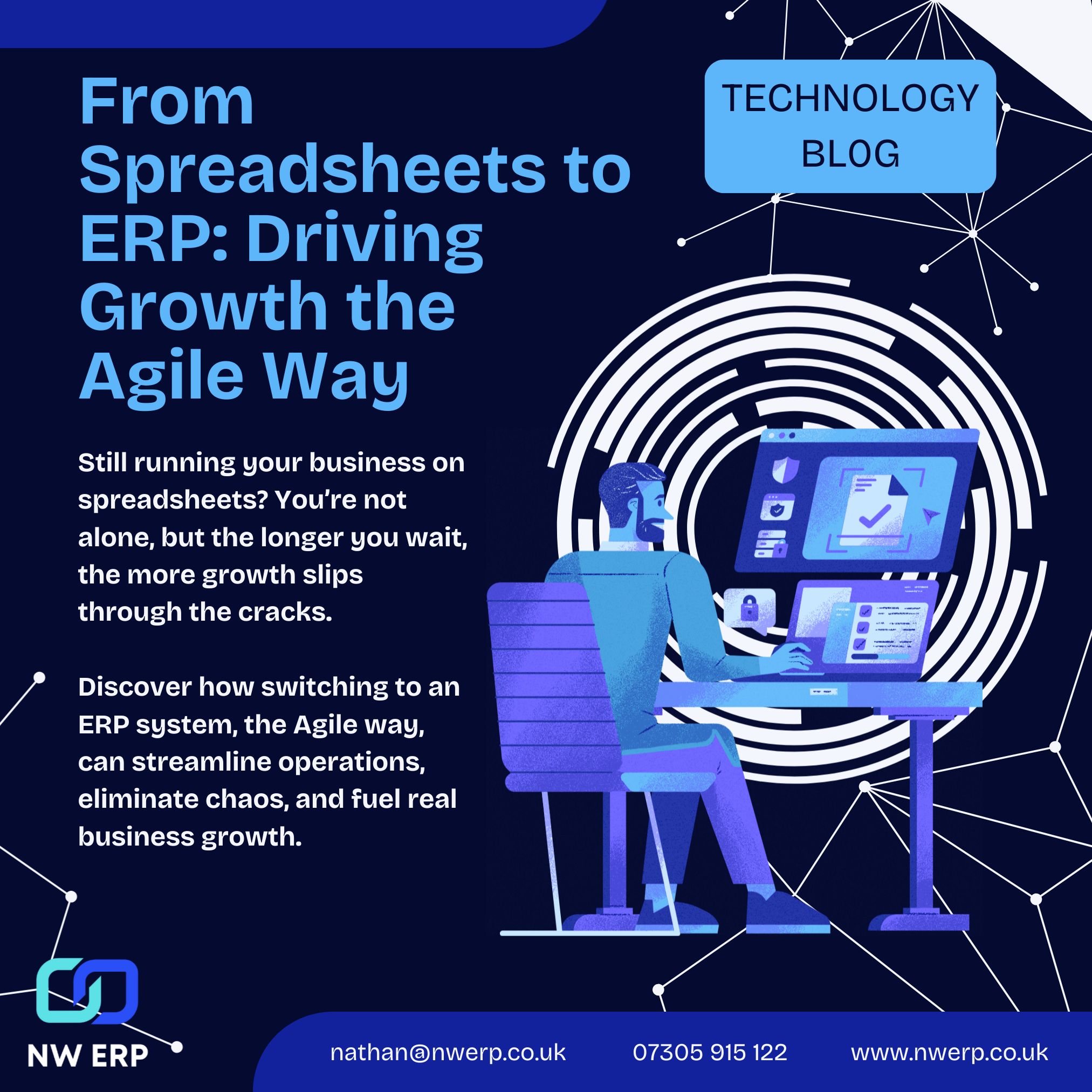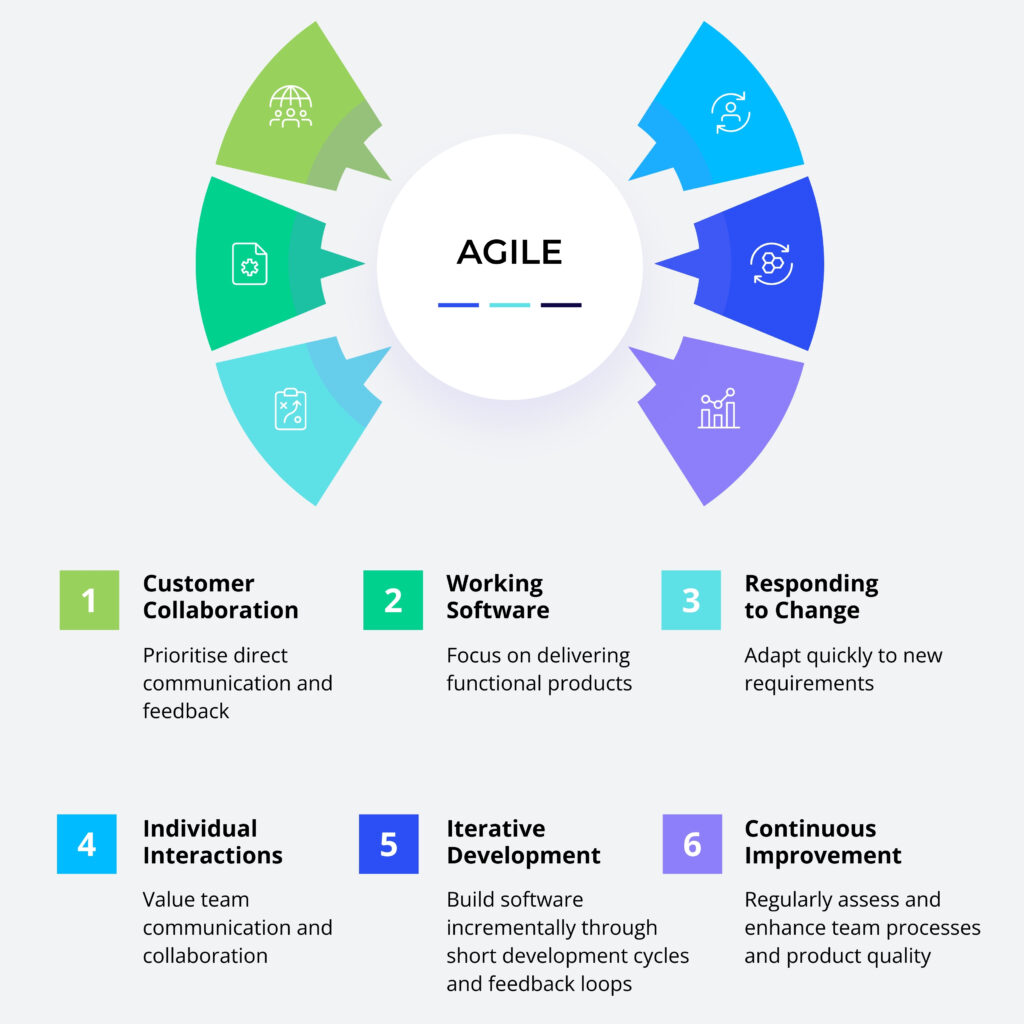 30 September, 2025
30 September, 2025
If you’re running a growing business, chances are spreadsheets have been your best friend at some point. They’re quick, flexible, and almost everyone knows how to use them. For early-stage businesses, they’re a lifesaver: budgets, stock lists, sales forecasts, even customer databases, all neatly stored in rows and columns.
But here’s the catch: what once worked brilliantly to get you off the ground soon starts to creak under the pressure. Suddenly, version control becomes a nightmare. Reporting takes hours instead of minutes. Data is scattered across different files and different people. And let’s be honest, how many times have you asked “Who has the latest copy?” only to discover three slightly different versions of the same spreadsheet?
This is the moment where businesses face a choice: keep patching spreadsheets together, or step up to an ERP system.
ERP (Enterprise Resource Planning) isn’t just another piece of software. It’s the digital backbone of your business. Instead of relying on disconnected spreadsheets, ERP pulls everything into one platform. Finance, sales, operations, inventory, HR, reporting, and more.
Here’s how ERP drives real, measurable growth:
Think of it like this: spreadsheets are a solid toolkit for a garden shed. ERP is the fully equipped workshop you need when you’re running a factory.
Of course, moving from spreadsheets to ERP can feel like a big leap. Many businesses worry about disruption, cost, or simply whether their team will adapt to a new way of working.
Traditionally, ERP implementations were treated like huge “big bang” projects, months (sometimes years) of planning, followed by a single switch-over date. The result? Stress, blown budgets, and systems that didn’t always fit the way the business really operated.
This is where an Agile approach changes everything.
Agile methodology comes from the world of software development, but it’s increasingly being used in business transformation projects too. The key idea is simple: break the big job into smaller, manageable steps that deliver value early and often.
Here’s what that looks like when moving from spreadsheets to ERP:
Every business is different, but here’s a common roadmap when taking an Agile path:
The beauty of this approach is that your business sees results right from the first sprint, rather than waiting months to reap the benefits.
When businesses take the Agile route to ERP, the transition feels less like a painful disruption and more like a steady journey of improvement. Teams gain confidence with each sprint. Data becomes clearer, decisions become faster, and customers feel the benefits in smoother service.
Spreadsheets are fantastic for getting started, but they were never designed to be the backbone of a growing business. ERP systems, implemented with an Agile mindset, provide exactly that, a flexible, scalable, and integrated foundation that fuels growth rather than holding it back.
So, if you’re tired of fighting spreadsheets and want to set your business up for long-term success, it might be time to make the switch. One sprint at a time.
To find out more about working Agile check out our other blog Getting the Fundamentals Right in Project Management: https://nwerp.co.uk/project-management-fundamentals-agile-success/

Have questions about optimising your business with ERP, SaaS, Ecommerce or automation? Looking for ways to cut costs, improve efficiency, or enhance customer service.
Contact us today to discuss your needs and discover how we can help your business thrive.
No Obligation – Just a friendly chat to explore possibilities.
